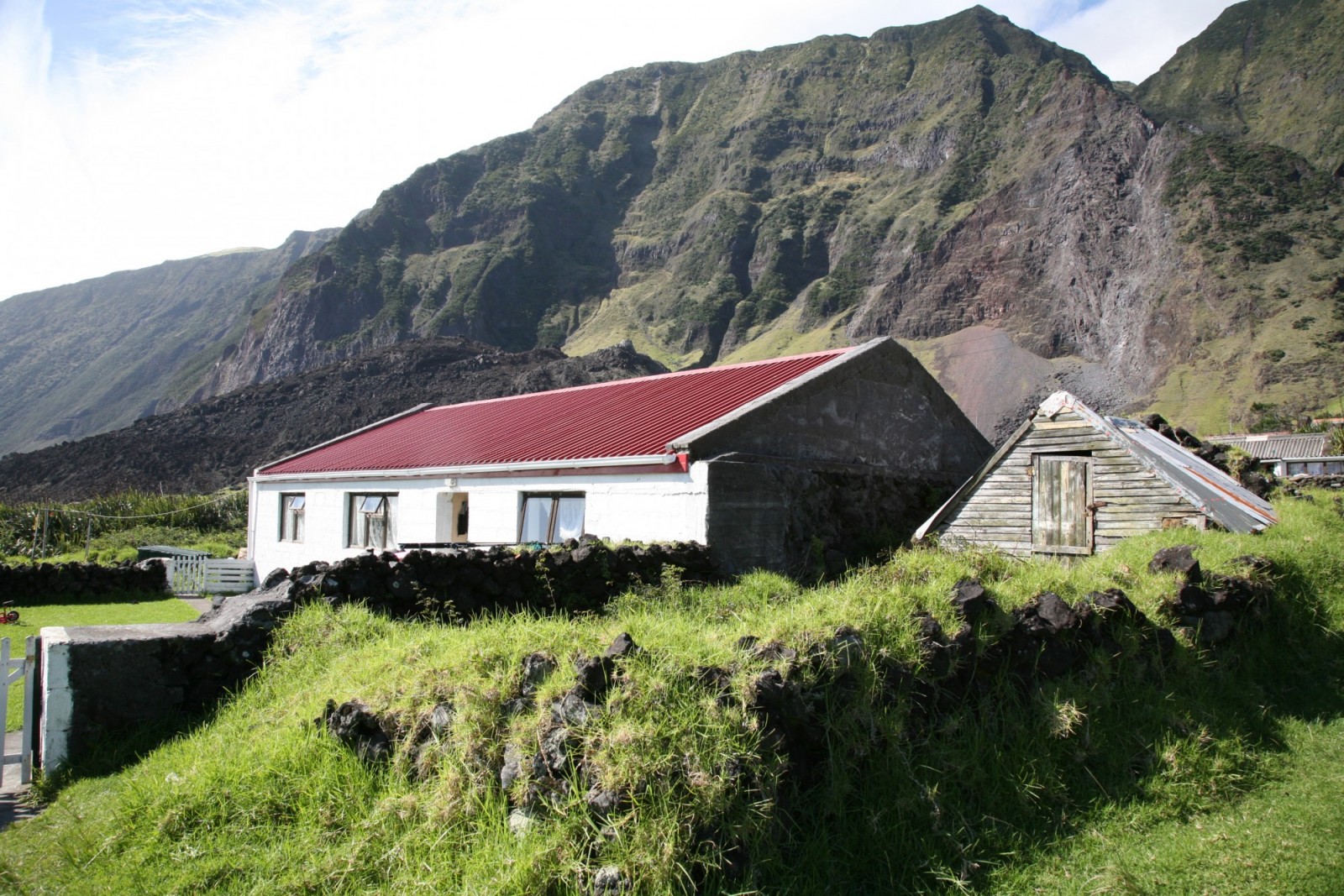Tristan da Cunha or Inaccessible Island, which has the peak of 449 meter high, has no longer been active since it last erupted 6 million years ago. Located in South Atlantic with 45 kilometer (28 mi) away from Tristan da Cunha to the southwest, the island has the area of 14 square kilometer (5,4 square meter). The island is a part of Tristan da Cunha archipelago which belongs to British overseas territories including Saint Helena, Ascension and Tristan da Cunha.

Same as Gough island, Inaccessible island is also a protected area for wildlife. Tristan da Cunha is recognized as the most remote inhabited island in the world. The nearest land St Helena is 2,430 kilometer away from Tristan da Cunha, and over 2800 kilometer way to the Africa’s closest mainland.
The total population of 270 people lives in a solely large plain of the volcano, The Edinburgh villages in Seven Seas are located in the island’s mainlands. There are also a few unpopulated islets in the island.

The island is home to a number of reptiles, amphibians, butterflies, and snails. It has 64 local plants with 20 flowering plants and 17 ferns.
In addition, there are 48 invertebrates living in the island with 10 types being common. The island also has the most number of crakes and numerous endemic birds and seagulls residing here.
According to vi.wikivoyage











